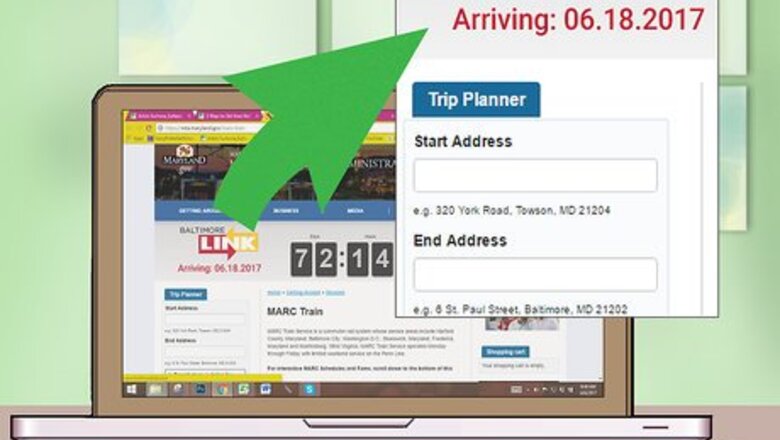
views
Riding the MARC Train
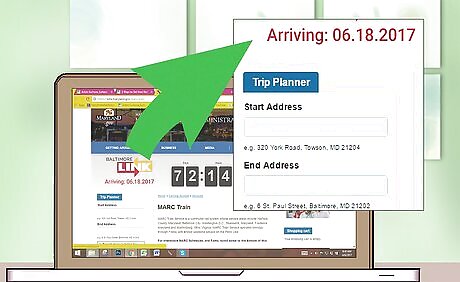
Use the trip planner. Locate the trip planner on the upper left-hand side of the Maryland Area Regional Commuter (MARC) site. Enter your starting address in the top field and your destination in the bottom field. Below that, choose the date and time that you need to arrive or depart by. Click “Get Directions.” A personalized Google map will be generated for you.
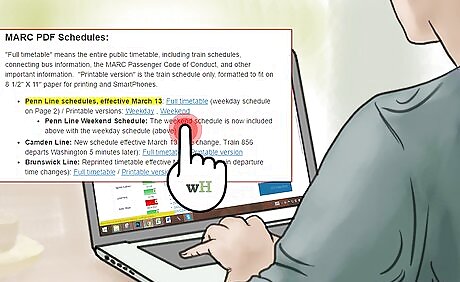
Download a timetable. Navigate to the center of the MARC homepage. Look for the Camden or Penn line. (The trip planner will tell you which line you should take.) Each line will be in bold font followed by links to its timetable. Click the printable version for easy printing or saving to your mobile device as a PDF. Note that only the Penn line offers weekend service. You can choose to download a full timetable or one tailored just for the week or weekend.
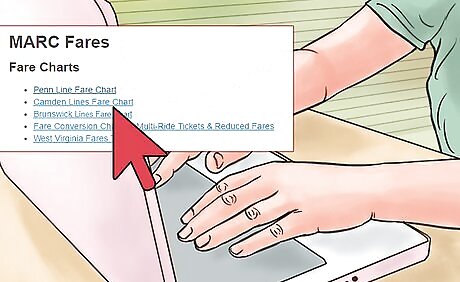
Get a fare estimate. Navigate to the fares page. Click the link for either the Penn line chart or the Camden line chart. Find your starting station in the “Departure Stations” column. Locate Washington, DC in the horizontal list of “Arrival Stations” at the top of the chart. Your fare will be listed in the box corresponding to your starting point. For example, if you’re traveling on the Penn Line from BWI Airport, your fare will be $7.00.
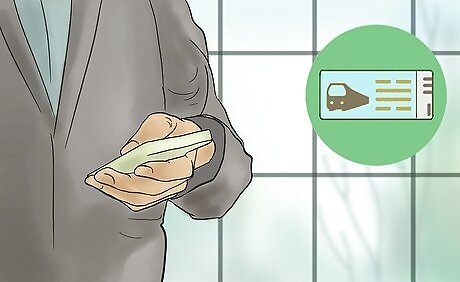
Purchase your ticket. MARC accepts cash and all major credit cards. You can buy your ticket through many convenient methods. Purchase online or by phone (410-697-2212 / TDD: 800-828-1120) to have your tickets mailed to you. Other options include: On board the train from a conductor. Note that conductors accept only cash. An Amtrak vending machine A ticket agent at select stations A commuter store
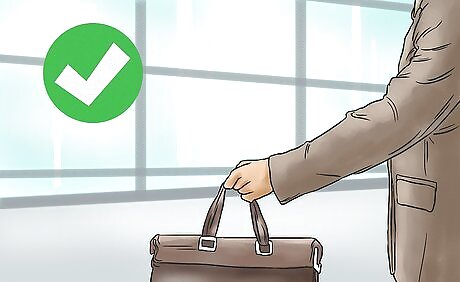
Stow your belongings. Avoid bringing large bags, which are barred during rush hour. Place carry-on luggage in designated areas. If you have a bicycle, you can only bring one that folds and store it in the designated area. Penn line trains have designated bike cars available only on the weekend. This is the only time you may bring a non-collapsible bike. Strollers and other baby carriages are not allowed on board.
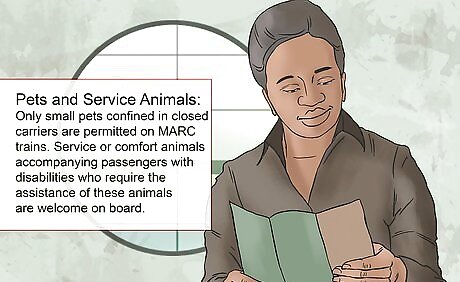
Note the restrictions on animals. Small pets may be brought on board in their carriers. Keep them with you for the duration of the trip. Larger animals are allowed only if they’re service animals.
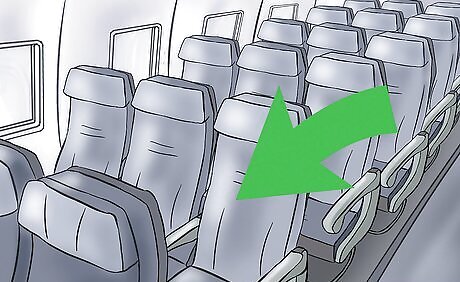
Find a seat. You may sit wherever you like. Safety rules mandate that you don’t sit on stairs or stand in vestibules. If seats are available, you’re not allowed to stand in the aisles. Unless you need to use the restroom, remain in your seat until you arrive at your destination.
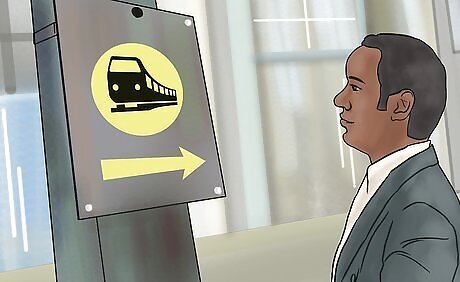
Arrive at Union Station. The MARC station is located below the historic Union Station. After disembarking, follow the signage to your intended exit or transfer. From here, you can transfer to the DC Metro (bus or rail service). You may buy rail tickets from designated vending machines. Visit the Metro website for more information.
Traveling by Amtrak
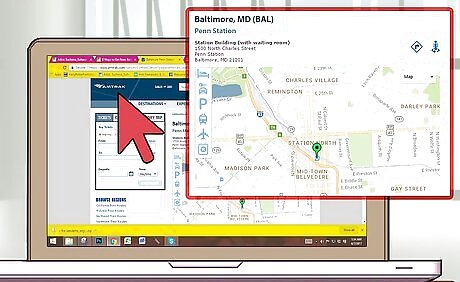
Plan ahead. Visit the Amtrak page dedicated to Baltimore Penn Station for information about departing trains from Baltimore. Here, you’ll be able to plan your trip, download timetables, and purchase your tickets. Be aware that Amtrak is more expensive than MARC.
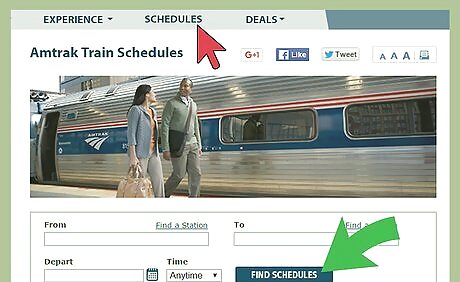
Look over possible trips. Locate the tab labeled “Schedules” along the top of the site. Enter BAL (Baltimore Penn Station) as your starting point and WAS (Union Station) as your destination. Click the calendar by the “Depart” window and select your intended date of departure. Choose your preferred time from the drop-down list under “Time.” Click “Find Schedules.” A list of departure times will appear on the next page. Alternatively, you can download a printable timetable from the link directly below the schedule finder. Note that this timetable has information for the entire Amtrak system nationwide.
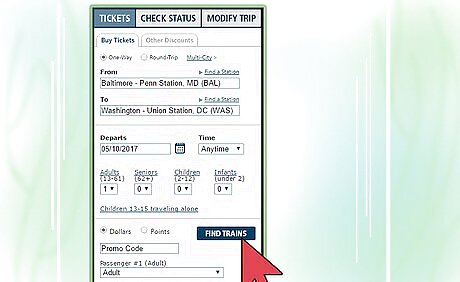
Schedule your trip. Click the tab labeled “Buy Tickets.” Enter BAL in the “From” field and WAS in the “To” field. Click the calendar to select your departure date. Select your preferred departure time from the drop-down list. Enter the number of passengers (divided into adults, seniors, children, and infants). If you’re traveling with others, select the category for each of the people traveling with you from the drop-down list below the Promo Code field. If you’re not paying with reward points, leave the “Dollars” radio button clicked. Click “Find Trains.” If you’re only looking for fare information, you can still use this option. There’s no obligation to purchase a ticket.

Choose your tickets. Find the departure time that best fits your schedule. Select the price category that appeals to you. To learn what’s included in each price category, mouse over the column heading directly across from the “Dollars” and “Points” buttons. To purchase your ticket, click “Add to Cart” after selecting a price. You’ll then be directed to check-out. Amtrak’s price categories are: Saver is the least expensive option, but the ticket is non-refundable. Value is somewhat more expensive. As a trade-off, you’ll receive a full refund if you cancel at least 48 hours in advance. If you cancel less than 48 hours before your trip, you’ll be charged a 20 percent cancellation fee. Flexible fares are more expensive than Value fares. However, they’re fully refundable without a fee regardless of when you cancel. Premium fares entitle you to first-class service and sleeping accommodations.
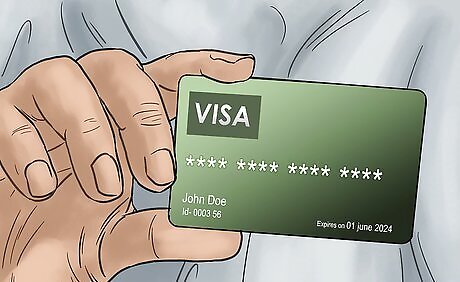
Purchase your tickets. Scroll down and click “Enter Passenger Info” at the bottom right. If you don’t have an account, either create one or continue as a guest. Enter your name (and the names of your companions, if applicable). Then, enter your contact information. Click “Proceed to Payment” at the bottom right. Enter your credit/debit card information and complete the process. Your e-ticket will be emailed to you. Print it out or save it to your mobile device. The conductor will check tickets during the trip. Alternatively, you can purchase a ticket at Baltimore Penn Station from an Amtrak vending machine.
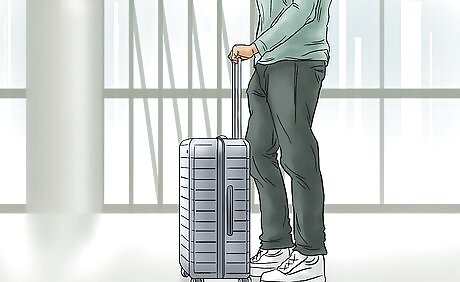
Stow your belongings. Amtrak has designated places for luggage and bicycles. If you have personal items or bags small enough to be carry-on luggage, you may bring it to your seat as long as the train isn’t crowded. Companion animals must be kept in their carriers.
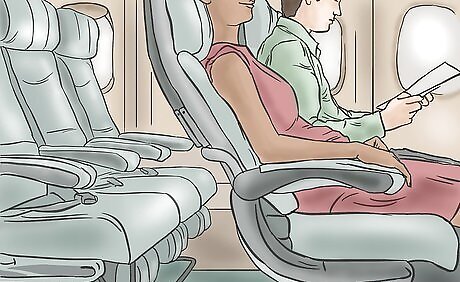
Find a seat. You may sit wherever you like. Safety rules mandate that you don’t sit on stairs or stand in vestibules. You may use restrooms or visit the on-board dining service. Otherwise, it’s best to remain seated for the duration of the trip.
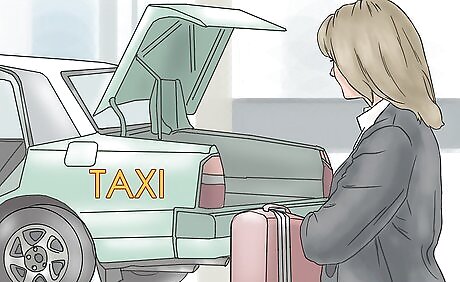
Arrive at Union Station. Trains arrive below the historic Union Station. After disembarking, follow the signage to your intended exit or transfer. From here, you can transfer to the DC Metro (bus or rail service). You may buy rail tickets from designated vending machines. Visit the Metro website for more information.
Driving a Private Vehicle
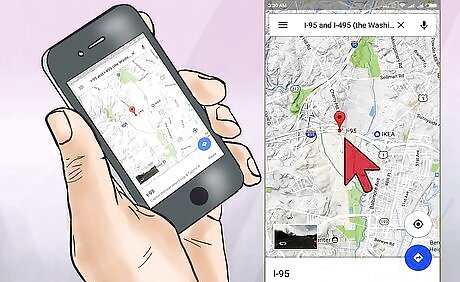
Plan your route. Use your GPS or online map generator to plan ahead. Enter your starting address and destination. Budget at least an hour if the roads aren’t congested. Traffic jams could add several minutes or hours to your trip. Choose one of three routes for your trip: I-95 and I-495 (the Washington Beltway) are common routes but are usually very congested, especially during rush hour. The Baltimore-Washington Parkway might be less congested because trucks can’t use it, but it has fewer lanes than I-95 and the Beltway. U.S. Highway 29 (also known as Colesville Rd. and Columbia Pike) is another popular alterative to I-95 and the Beltway. It consists of three lanes in each direction. Overall, it is the least congested route between the two cities.
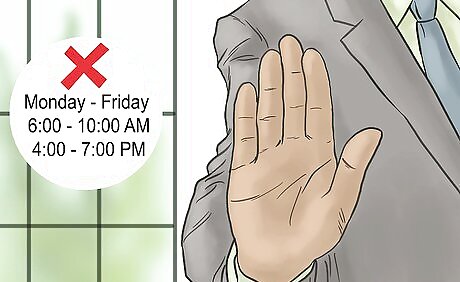
Travel outside of rush hour. Most highways are very congested during rush hour, so avoid it at all costs. Rush hour between Baltimore and DC occurs Monday through Friday from 6:00 to 10:00 AM and 4:00 to 7:00 PM. To avoid getting stuck in traffic, tune in to WTOP 103.5 FM for traffic updates every 10 minutes.
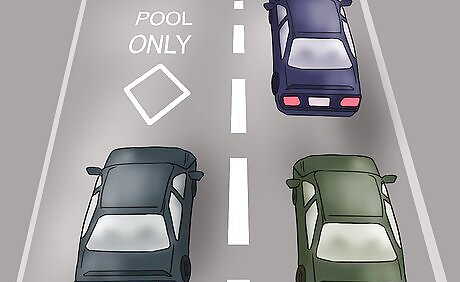
Consider carpooling. The Baltimore and Washington, DC areas offer carpool lanes (aka High Occupancy Vehicle, or HOV lanes) in select locations. To use the HOV lane, you must have at least one other person in the vehicle with you. Look for the white diamond painted on the road or the sign reading “HOV” or “Carpools and Vanpools.” The I-95 and the Beltway have HOV lanes, which are often less congested than other lanes.













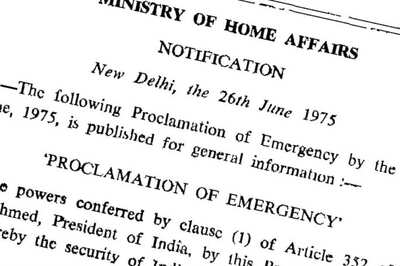





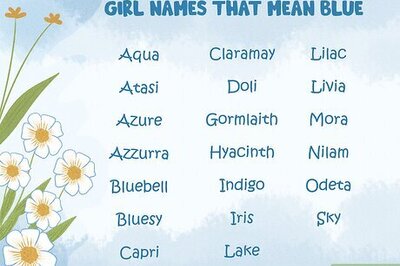
Comments
0 comment